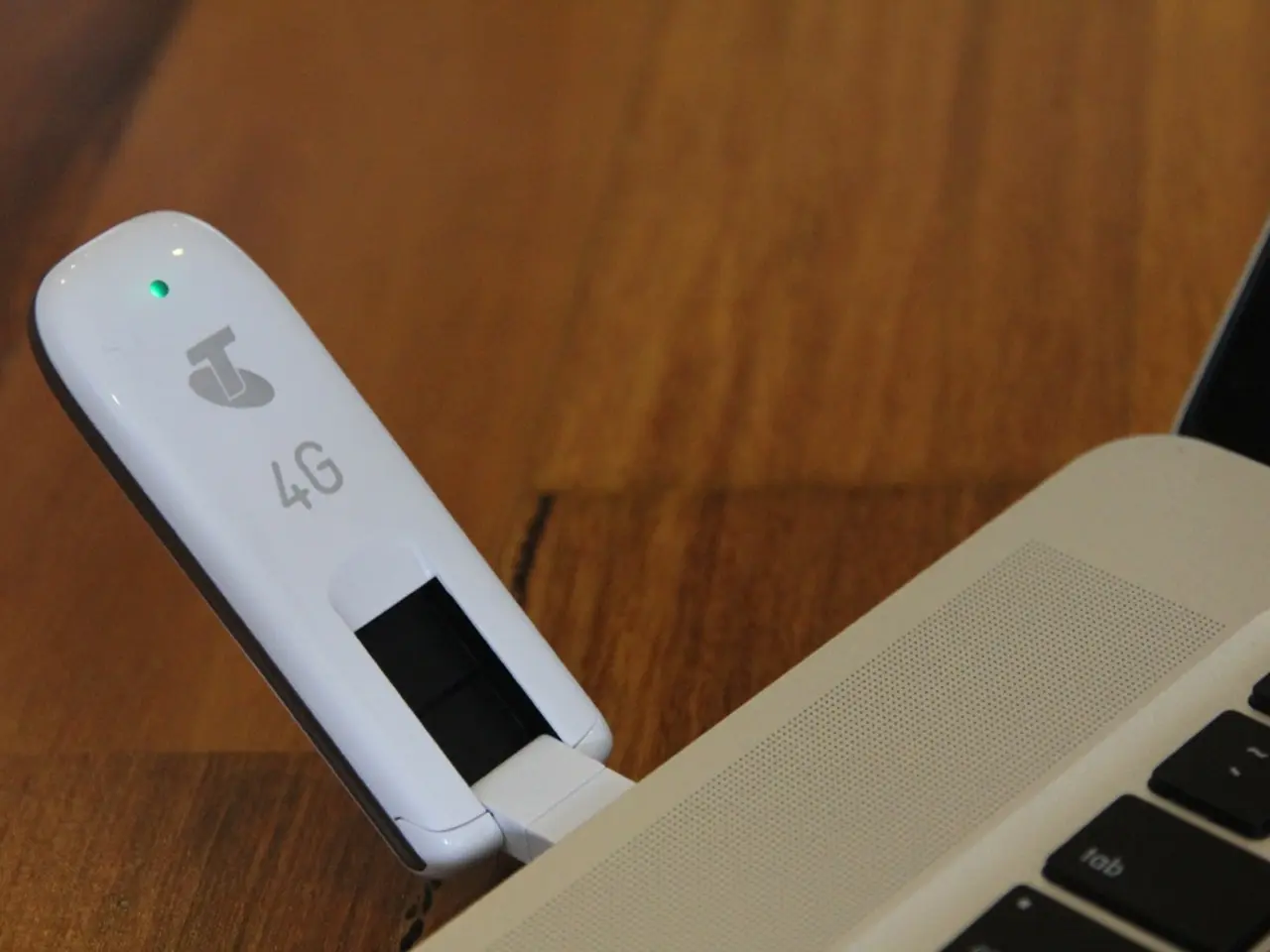Rapid increases in memory costs confirmed by Micron, fueled by escalating demand from AI and data center sectors
Micron Announces Memory Price Increases Through 2026
Micron, a leading memory manufacturer, has announced plans to raise memory prices, with the impact expected to be felt most significantly in high-bandwidth memory (HBM) products used in AI and enterprise data centers.
The growing demand for HBM is a key driver behind this price increase. Industry analysts predict that demand for HBM will jump about 35% in 2026, with prices rising around 18%. This supports Micron’s strong pricing power and revenue growth in the near term, but it could lead to higher costs for data center operators who rely on this memory for AI chips.
However, market competition is intensifying, particularly in HBM memory. Samsung has initiated a price war by lowering prices on HBM3E memory, which threatens to constrain Micron’s pricing power. Goldman Sachs projects that increased competition and stronger customer pricing power will likely cause HBM memory prices to decline in 2026, potentially negating some of Micron's pricing gains and compressing operating profits not only for Micron but across the memory chip market.
Micron’s recent margins improvements, with a gross margin around 39% in Q3 2025 and anticipated further margin expansion, indicate that currently tighter supply and strong demand support price strength. But ongoing risks such as capital expenditures, customer concentration, and market volatility remain.
To meet the increased demands driven by AI advancements, Micron has announced an investment of $7 billion in a new HBM assembly facility in Singapore, scheduled to commence operations in 2026. This investment positions Micron to capture a larger share of the growing HBM market.
Other memory manufacturers, such as Samsung and SK Hynix, are expected to follow Micron's lead in raising prices. The broader consumer electronics market is expected to see a resurgence, with PC and smartphone manufacturers increasing orders for DRAM and NAND flash. The memory market has rebounded from a period of oversupply and declining revenues.
The new facility will enhance Micron’s capacity to produce HBM3E, HBM4, and HBM4E memory, further solidifying its position in the HBM market. Micron cited "un-forecasted demand across various business segments" as a key factor behind the price increase. Memory demand is projected to remain strong, especially in late 2025 and 2026.
In summary, Micron’s memory price increases are expected to raise costs for enterprise data centers through much of 2025 and possibly early 2026 due to strong demand and constrained supply. However, competition-driven pricing pressure, particularly from Samsung, may soften prices later in 2026, potentially stabilizing or reducing memory costs for enterprise data centers by then. Micron's investment in a new HBM assembly facility in Singapore aims to capitalize on this growing market and meet the increased demands driven by AI advancements.
- The growing demand for high-bandwidth memory (HBM) products in AI and enterprise data centers, driven by advancements in AI, is a significant factor in Micron's decision to increase memory prices, which falls under the category of data-and-cloud computing technology.
- Micron's investment of $7 billion in a new HBM assembly facility in Singapore, scheduled to commence operations in 2026, reflects the company's commitment to technological advancements in data-and-cloud computing, specifically in memory technology.




